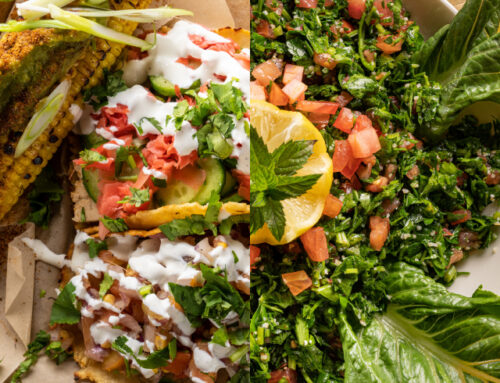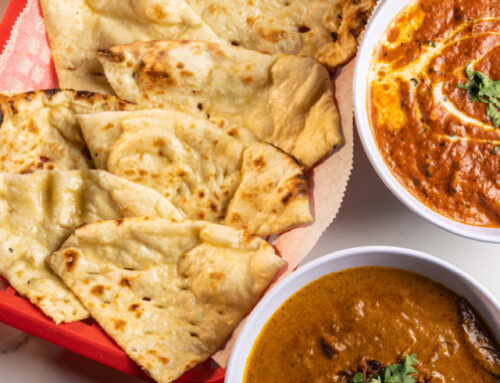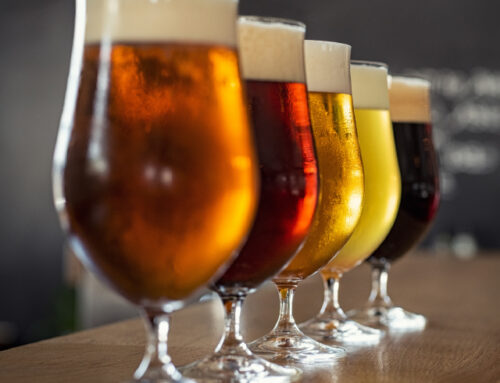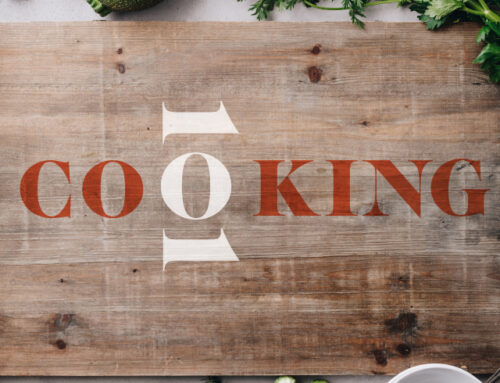Spices: A photo essay of Indispensable Ingredients
by Ryan Hulvat





Photographer Ryan Hulvat captures images of chefs in their natural habitat — a busy professional kitchen. Observing these culinary artists at work provides him with a privileged insight into the relationship between chefs and their ingredients, especially spices that infuse dishes with distinctive flavors. The seasonings and singular ingredients illustrated here tell tales that connect time and culture with cooks and cuisine. Each story is both highly personal and widely inclusive, a reminder that food has long been a powerful means of communication.
The Dime: Espelette Pepper
Cultivated exclusively in the Basque Country of France, Piment d’Espelette delivers a robust sweet-hot pepperiness.
The Mint Gastropub: Cascade Hops
Humlus lupulus flowers are essential in brewing American craft beers that complement the restaurant’s eclectic cuisine.
Moya’s Annatto
Tiny red seeds of the achiote tree, ground to a mild tasting powder, give a golden glow to spice blends, infused oils and marinades.
Grille 3501: Yuzu Juice
Pure, unpasteurized juice from Japan’s prized yuzu fruit, known as Marugoto Shibori, delivers a bright, citrusy flavor.
Widow’s Tavern: Bay Leaves
These dried leaves, slow simmered in stews, soups and sauces, create a subtle — but important — background layer of flavor.
Saranda’s on Broadway: Ambrosia
This signature, chef-developed spice mixture draws its name from Greek mythology — an alluring taste fit to season “food of the gods.”
Savory Grille: Dried Beet Powder
Pulp from juiced red beets is dried and ground in-house to garnish plates and flavor risotto and pasta dishes.
Torre: Yuca Seasoning
A bold blend of cayenne, ancho chili, paprika, garlic and more accents Mexican “fries” made from yuca roots.
Copperhead Grille: Copper Spice
This proprietary blend of 14 spices — sold at the restaurant — is an heirloom family recipe developed decades ago at The Parkland Restaurant.
Spinnerstown Hotel: Saffron
Worth more per ounce than gold, the saffron — dried stigmas of crocus flowers — used here was purchased in Italy by the owners.
Porters’ Pub: Bloody Mary Mash
Smoked garlic and smoked German beer count among the bold flavors that give character to their signature classic cocktail.
BRAVO! Basil
This quintessential Italian herb, which flavors everything from pizza to pesto, scents the air with a sweet fragrance.
Roar: Local mushrooms
Trumpet, enoki and other exotics — give an umami punch to steaks, paccheri pasta and more.
Heirloom: Korean Chili Powder
Also known as gochugaru, this traditional ground red pepper gives a kick to kimchi made on the premises.
Jumbars: Sage
Homegrown sage, dried and crumbled, flavors their signature house-made maple-sage pork sausage.
Maxim’s 22: Vadouvan
This French-influenced curry powder, originating in Colonial India, marries traditional spices with shallots and curry.
Molly’s Irish Grille: Pickling Spice
A mixture of allspice, cloves, cassia bark, bay leaves, coriander, mustard seeds and more flavors signature corned beef.
Brick Tavern: Bay Leaves
These dried leaves, slow simmered in stews, soups, and sauces, create a subtle — but important — background layer of flavor.
Corked: Thyme, Rosemary, Bay Leaf
This combination of earthy French aromatics, a foundation of classic cuisine, is used to flavor stocks and soups.
grain: Farro
An ancient Roman grain finding a new following in modern times is, naturally, on the menu at this eponymous restaurant.
Youell’s Oyster House: Honey
The restaurant’s rooftop apiary enables bees to produce healthful, natural honey — while pollinating local gardens.
As seen in the Winter/Spring 2016 Issue
Click to Visit Our Advertisers




